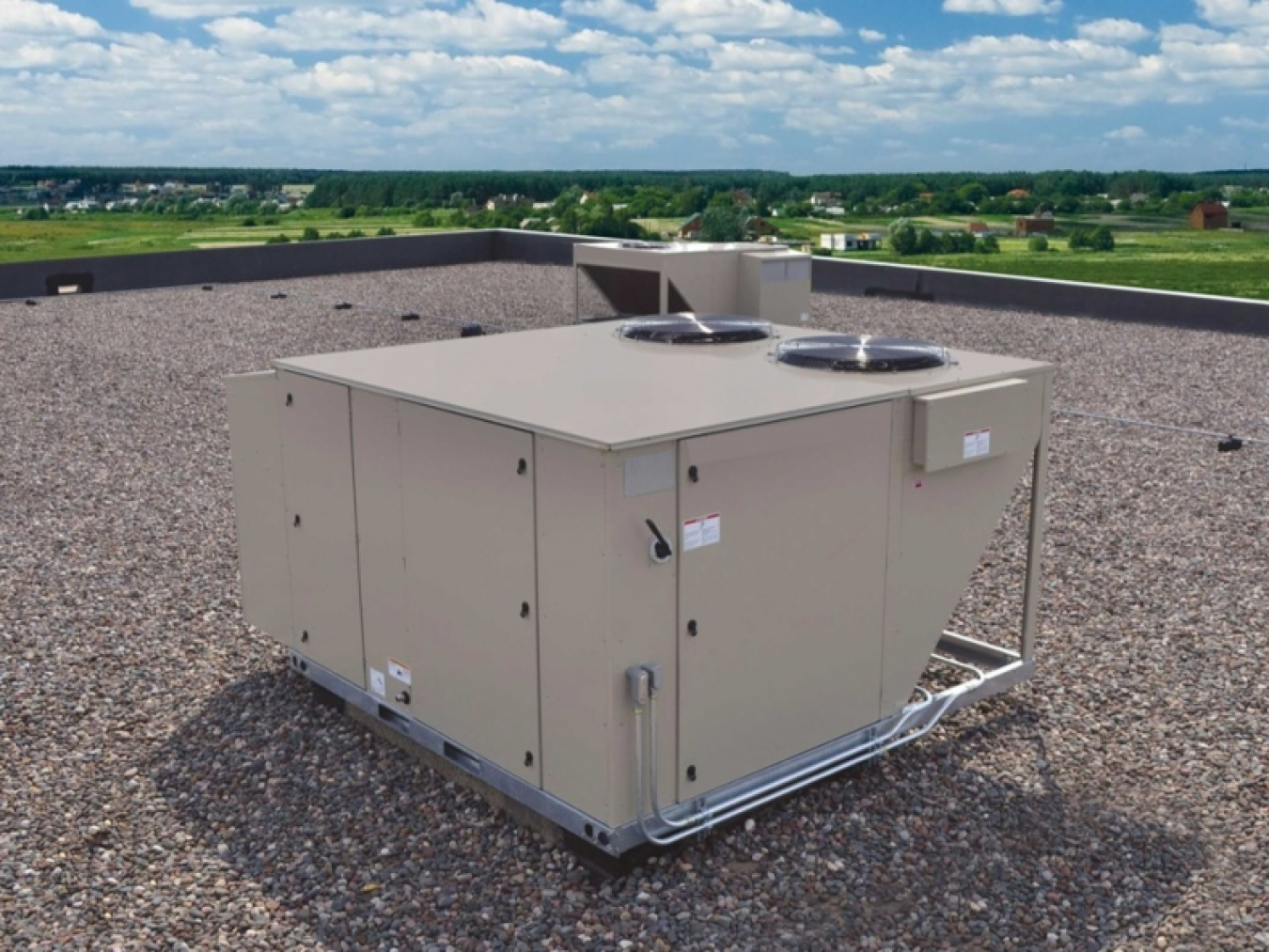Did you know that rooftop unit (RTU) air conditioners serve cooling to ~60% of U.S. commercial building floor space?
November 10, 2015
By Marta Schantz
This is the first in a series of upcoming blog posts on DOE’s Advanced Rooftop Unit Campaign.
Did you know that rooftop unit (RTU) air conditioners serve cooling to ~60% of U.S. commercial building floor space? Odds are high that you’ve worked from, shopped at, or eaten in a building cooled by an RTU. Older, inefficient commercial rooftop unit air conditioning systems are common and can waste from $900 to $3,700 per unit annually. While RTU technology is becoming more and more efficient, there is an inertia holding commercial buildings back from upgrading their units to higher efficiency models. The high capital cost of new RTUs and the long lifetime of the units only adds to that hurdle.
To combat those barriers to efficiency in RTUs, the Department of Energy created the Advanced RTU Campaign, a national initiative co-organized by ASHRAE and the Retail Industry Leaders Association (RILA). By promoting RTU efficiency via high-efficiency replacements, advanced controls retrofits, and quality maintenance and installation practices, the campaign has impacted over 40,000 RTUs to date. Replacing or retrofitting inefficient RTUs can result in increased energy cost savings, improved efficiency and occupant comfort, and can reduce a building’s adverse impact on the environment.
Organizations that are planning upgrades to their RTUs can join the campaign as a Participant (commercial building owners/managers). Those that wish to promote the concept can join as a Supporter (RTU vendors, providers, consultants, utilities, and efficiency groups). All can benefit from technical resources such as case studies and technical guidance to apply to their own RTU efficiency efforts. Participants who exhibit exceptional RTU efficiency leadership are recognized through campaign awards. The 2015 award winners achieved an estimated combined energy savings of over 100,000,000 kWh and $10 million per year from efficient RTU replacements, retrofits, and quality management.
Target, a previous award winner, was recognized for the largest efficiency gain for a multi-building RTU replacement project. The retailer achieved an average of 50% installed efficiency gain at 40 stores and were able to reduce capacity on some units from 8% to 41%. That is big savings – over an estimated 12, 000 kWh/year worth $1.3 million annually. Check out the Target case study to learn more about its engineering efficiency efforts.
Are you looking to improve the efficiency of your RTUs? Join the campaign and start evaluating your RTUs for efficiency opportunities.


